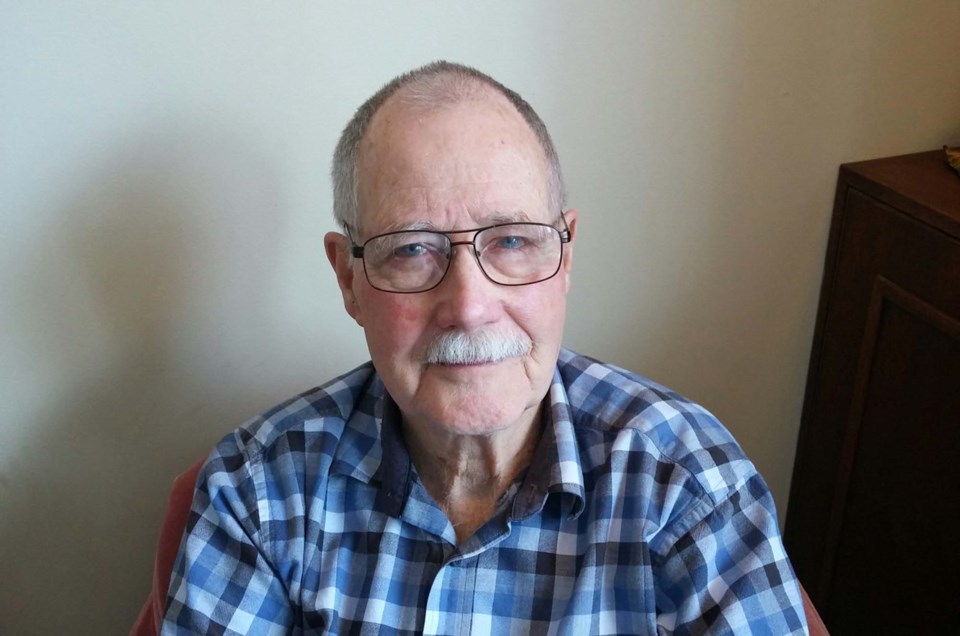Food comes from all over the world, and we don’t know how safe or healthy it is. Growing your own food removes that uncertainty.
There are thousands of community gardens in North America and the numbers are growing. Community gardens not only provide healthy food, but build a community of like-minded people who learn and share the delights of gardening. In many cases they pass on their love for gardening to their children who learn where food comes from and how it is grown.
Gardening improves health and mobility. Community gardens are also one way of helping to combat global warming.
Some community gardens host classes to teach the basics of gardening, such as seeds, planting, pollinators, compost, harvesting, and preparing food from a garden plot. Many donate produce they can't use to food banks and other agencies that feed the hungry.
In older areas of a city, a community garden creates a social network, builds a community, develops a love for the outdoors and gardening, and provides healthy food. On vacant lots, it makes the neighbourhood more attractive. In the Saturday morning gardening program on PBS, the host stated that a 450-square-foot planting space would provide a family of four with food for 20 weeks at nearly 15 kilograms a week.
How do community gardens operate?
The number of community gardens in Alberta is growing. A search of websites indicates that in Edmonton there are more than 80; 169 in Calgary; five in Grande Prairie; seven in Lethbridge; two in Red Deer; and five in St. Albert.
St. Albert's five community gardens are located throughout the city: St. Albert Community Garden, located on the south side of Riel Drive; St. Albert Parish Heritage Garden, located on the north side of St. Vital Avenue; Gate Avenue Neighbourhood Garden, situated near the Christian Reformed Church; Meadowview Lane Community Plots; and the St. Albert Botanic Park Volunteer Rows.
No two community gardens operate in the same way. For example, the St. Albert Community Garden website states: “Community gardens are a place to bring people together, a place to learn new skills, to see a project to fruition,” says Sandy Jamison of the St. Albert Community Garden. “Everyone brings a unique skill set, ability, or resource that can be channelled into a project. We learn as much about ourselves as we do of the people we meet at the garden.”
Members pay an annual fee and operate as a community, with members responsible for general maintenance of paths and tools, composting, water supply, mentoring new members, and a variety of other responsibilities. Members are of all ages, from young to old.
Mike Dickson, former president of the St. Albert Community Garden that started in 2001, explained that there are 45 members, with 15 to 20 on a waiting list. The land is on the flood plain of the Sturgeon River and is leased at no cost by the City of St. Albert. The city provides a water main and sells water at cost. At the site, there are two sheds housing community tools.
Once an applicant moves to the top of the waiting list, he or she is interviewed and signs a contract pledging to keep the plot tidy and weed free, meet planting deadlines, and clean up by the end of October. Each is placed on a committee: making compost, mowing the lawn, filling water barrels, cleaning pathways, or maintaining the flower garden.
Learn to grow and grow to learn. Instill a love of nature in your children. Make new friends. And help combat global warming.
Charles Schroder is a St. Albert resident and an avid gardener.



